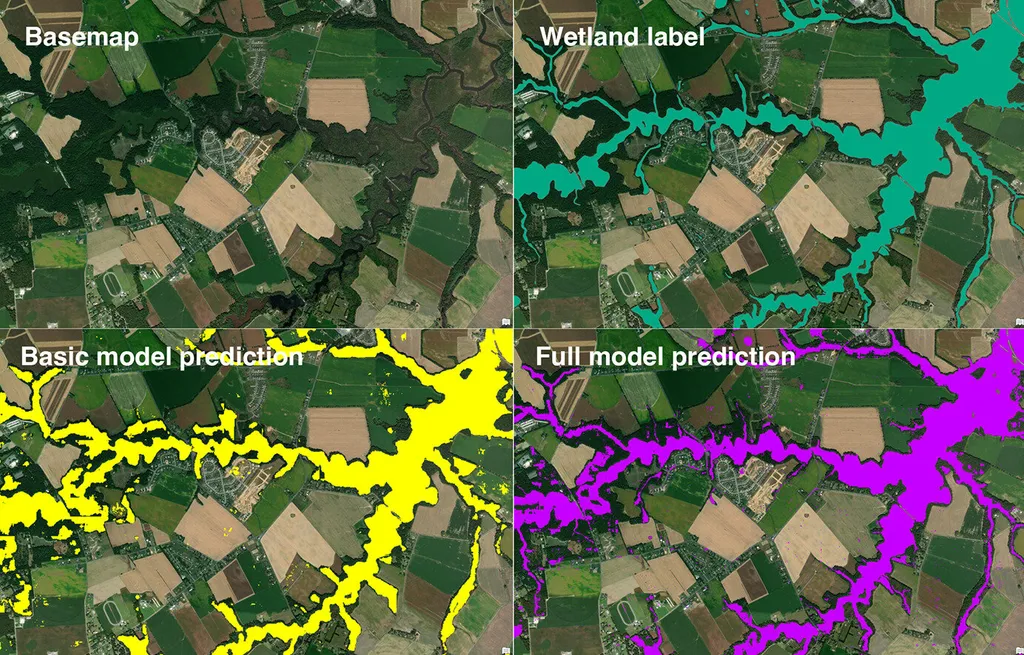In a groundbreaking development that could revolutionize wetland management and conservation, researchers have harnessed the power of artificial intelligence to transform how we map and classify these critical ecosystems. A recent review published in *Artificial Intelligence in Geosciences* (which translates to *人工智能地球科学* in Chinese) sheds light on the growing role of AI in wetland monitoring, offering new tools for industries reliant on these delicate environments, including energy and agriculture.
Wetlands, often referred to as the “kidneys of the Earth,” play a vital role in water purification, climate regulation, and biodiversity conservation. However, traditional methods of monitoring these ecosystems have been plagued by limitations in spatial coverage, temporal resolution, and data processing efficiency. Enter AI. According to the review, led by Kai Cheng of the China Communications Construction Company Second Harbor Consultants Co., Ltd., in Wuhan, China, machine learning and deep learning techniques are now being integrated with remote sensing technologies to overcome these challenges.
“AI has demonstrated significant potential in automating large-scale remote sensing data analysis, enabling the extraction of detailed spatial information, and enhancing the accuracy and efficiency of wetland mapping and classification,” Cheng explains. This technological leap is not just academic; it has profound commercial implications, particularly for the energy sector. Wetlands are often located in areas critical for energy infrastructure, such as hydropower plants and oil and gas pipelines. Accurate mapping and classification of these ecosystems can help energy companies mitigate environmental risks, comply with regulations, and make informed decisions about project development.
The review highlights a growing body of research in this field, with notable contributions from China and the United States. However, it also points to regional disparities and a lack of diverse datasets as key issues that need to be addressed. Despite these challenges, the potential of AI in wetland monitoring is undeniable. The technology can process vast amounts of data quickly and accurately, providing insights that were previously impossible to obtain.
So, what does this mean for the future of wetland management? According to the review, interdisciplinary collaboration and the integration of multi-source data are crucial for advancing AI applications in this field. As AI technologies continue to evolve, we can expect to see even more sophisticated tools for wetland mapping and classification, ultimately leading to better conservation efforts and more sustainable land use practices.
In the words of the review, “The need for interdisciplinary collaboration and integration of multi-source data is emphasized to advance AI applications in wetland conservation.” This call to action underscores the importance of bringing together experts from different fields to tackle the complex challenges of wetland management. As we look to the future, it’s clear that AI will play a pivotal role in shaping the way we interact with and protect these vital ecosystems.
For the energy sector, this research offers a glimpse into a future where technology and conservation go hand in hand. By leveraging AI, energy companies can minimize their environmental footprint while maximizing their operational efficiency. It’s a win-win scenario that could pave the way for a more sustainable and prosperous future for all.

